Five Skiing Challenges to Help Take You to The Next Level

Votes:
We love a challenge to liven up an afternoon on the slopes, and all the better if they also help take our skiing to the next level.
With that in mind, we’ve asked our Carv Testing Lead and instructor Samuel Yeo to walk you through his favourite challenges, to ski both with friends and when practising alone.
The feeling of carving with the right balance of speed and flow is a great one. These five challenges target different skills within skiing, to help you in a range of situations.
Importantly, they’re also some of the most fun ways to work on your technique and help you get more of that golden feeling.
Challenge One: Railroad Tracks
What are Railroad Tracks?
The challenge here is for your skis to leave two clean tracks in the snow, like a mountain railroad. You should use only the ski’s sidecut, tipping it on an edge to create shallow turns without pivoting.

Why tackle this challenge?
If you’re new to carving, this will really help you identify the feeling you should be going after; engaging your edges early and maintaining a stable upper body. That unlocks the key to faster turns and greater speed, as you carry the energy down the slope. If you have Carv, you’ll also be rewarded in your early edging and edge similarity scores.

How to succeed:
To succeed, you’ll need to stay centered on your skis and gradually use your ankle and knee joints to tip onto your edges and change direction. Your stance should be low, flexing forward at the hip and bending your knee joints. This will allow you to gently roll from edge, to flat, to edge again.
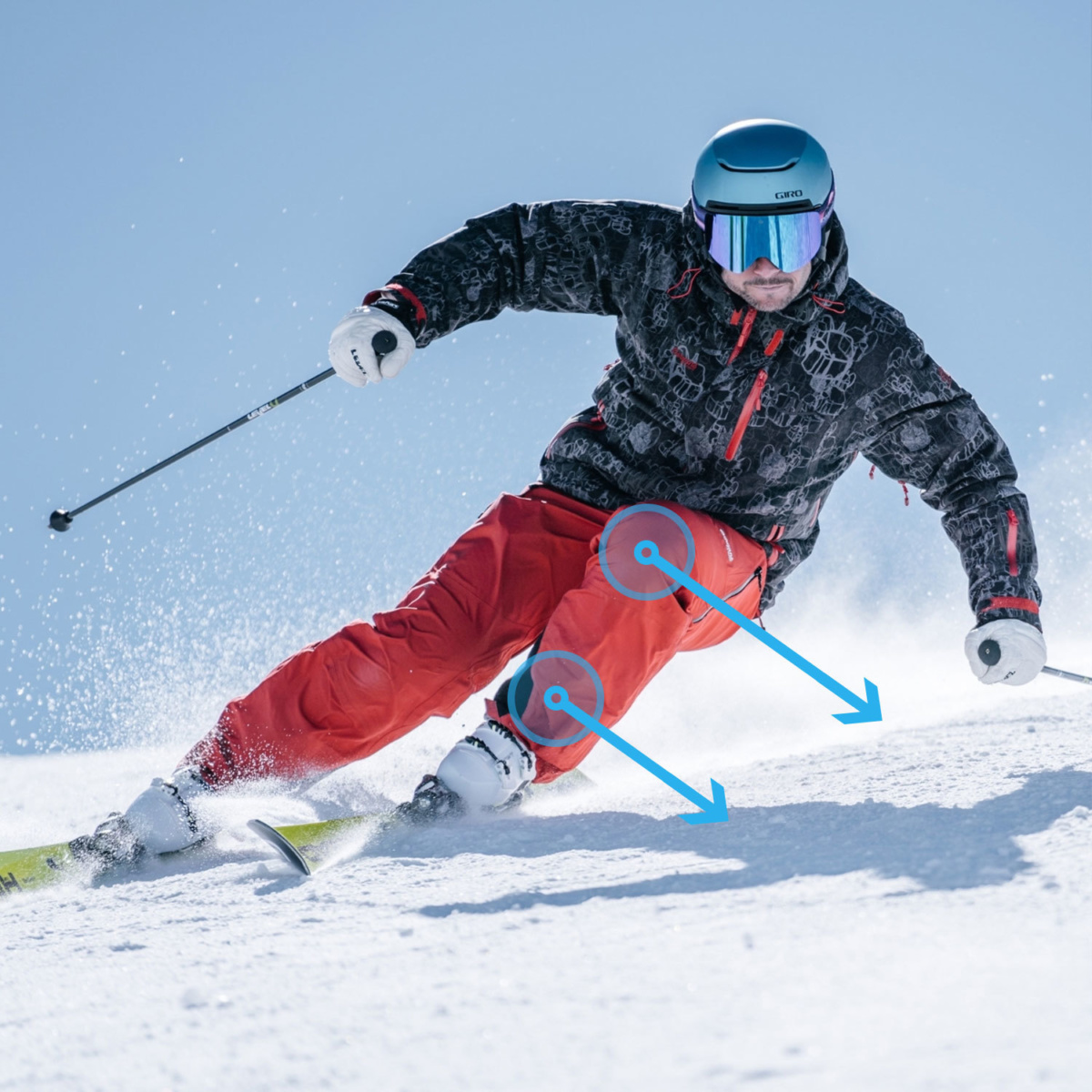
Push your inside ankle and knee towards the snow in order to tip into your edges.
Start off by attempting this on a gentle green slope, and focus only on creating two clean lines at the end of your turn. When you’ve cracked that, aim for two clean lines throughout the whole turn. You’ll know you’re nailing it when you feel the ski changing your direction as the edges bite.
If you’re an expert:
If you’re a real pro, see if you can do this challenge on one ski.
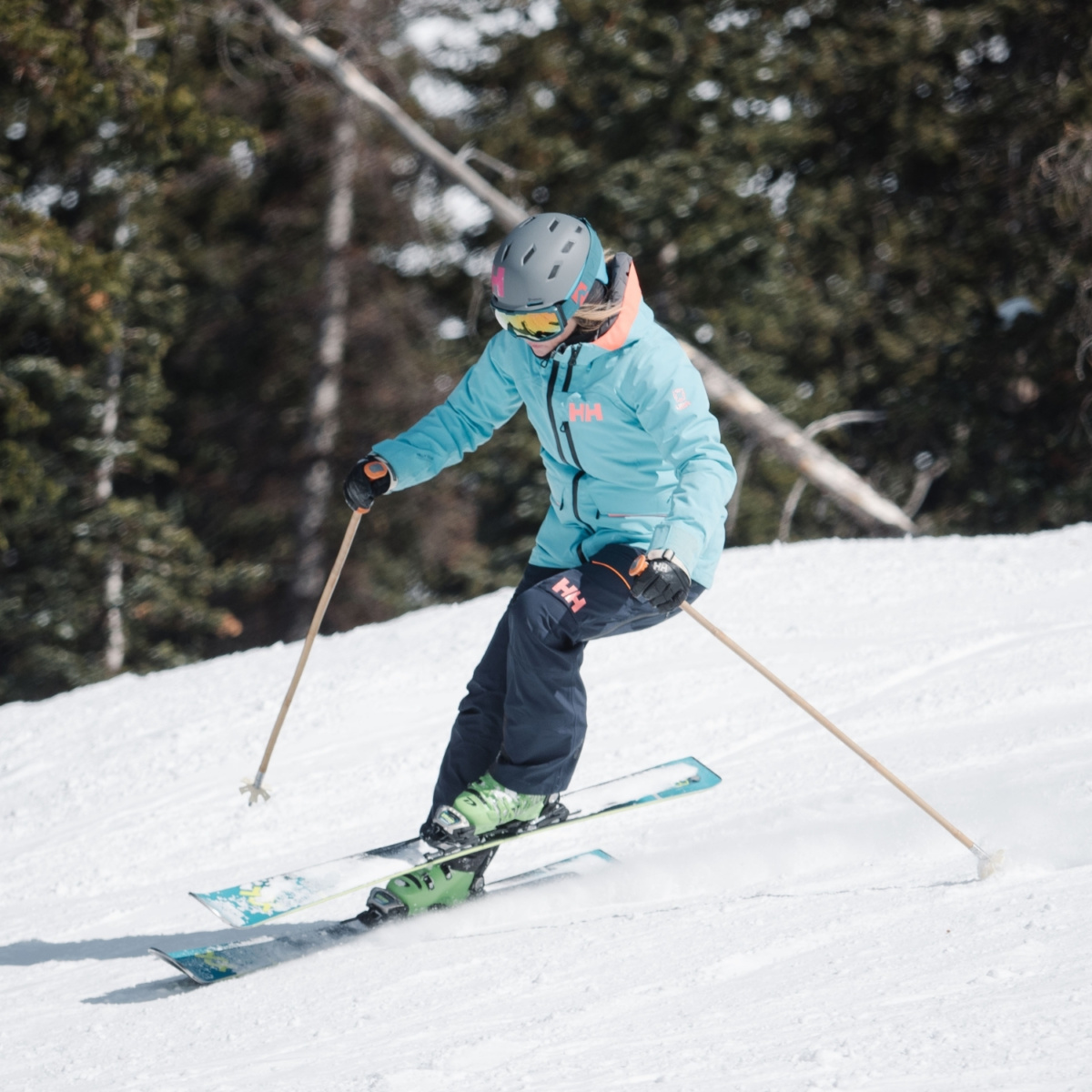
Challenge yourself with Carv
To measure your challenge progress accurately, and to track your improvement over time, try Challenges Mode, built into the Carv app.
1. The Edge Angle Challenge is a hot favourite amongst our skiers. Hear your edge angle read out on every turn as you push it to the max!
2. Or if you're feeling nimble, try out the Fast Turns Challenge, and see how many turns you can make in 30 seconds.
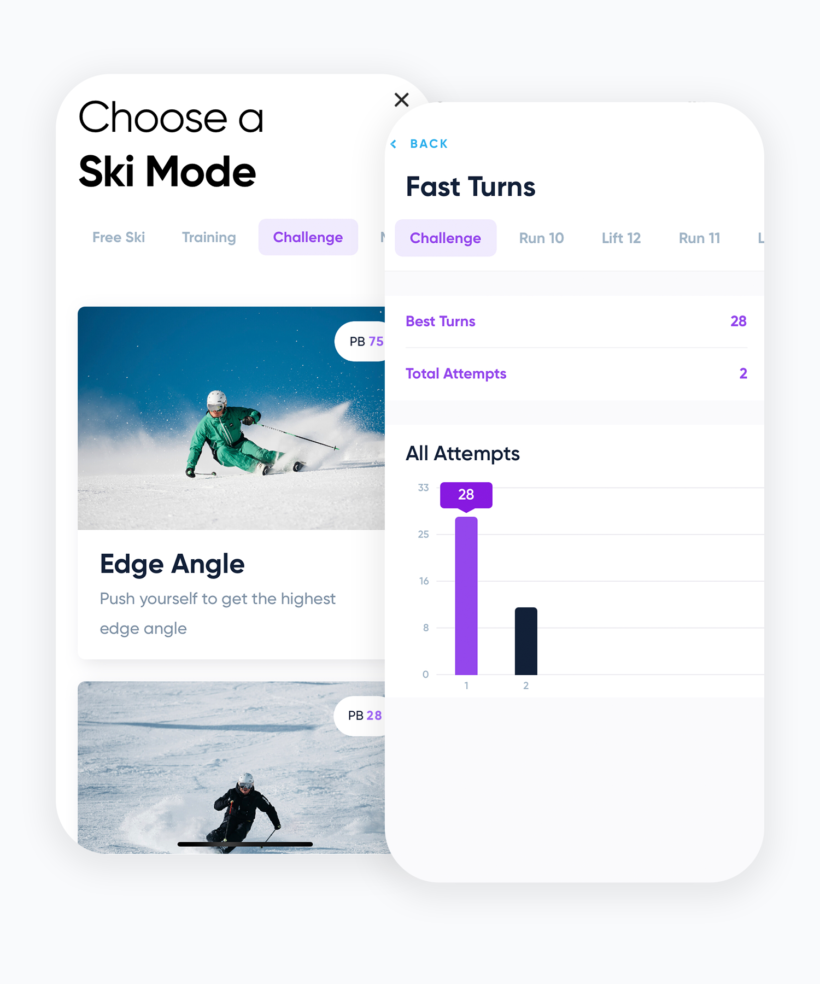
Challenge Two: Stork Turns
What are Stork Turns?
The Stork Turn is as dramatic as Railroads are low-key. It’s a classic challenge to promote balancing on the outside ski throughout the turn. To perform the Stork Turn, lift the back of your inside ski off the snow at the start of the turn, without compromising on the turn’s smooth "C" shape.
Check out this explanation video from the New Zealand Ski Instructors' Association to help you get started with Stork Turns.
Why tackle this challenge?
If you’re a speed-lover who could do with working on their control, this is the challenge for you. It will help you identify and train your weaker side, to ensure you aren’t heavily relying on your inside ski for stability. And, if you have Carv, you’ll see the results in your outside ski pressure metric.
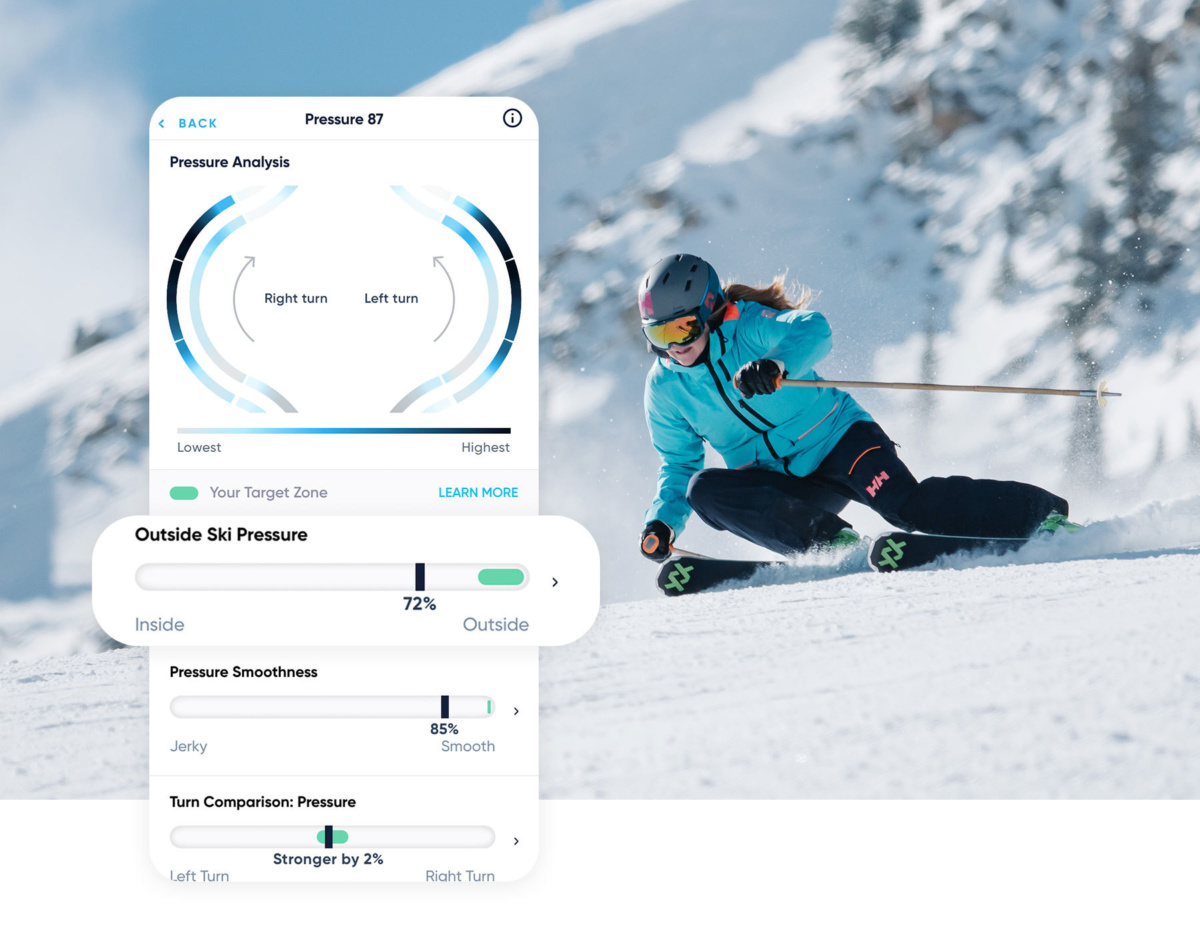
How to succeed:
We’d head for a wide green groomer because this one can take a few tries. To start, work on lifting the back of the inside ski in the last half of the turn. When you’re comfortably gliding through that, progressively try lifting the inside ski earlier in the turn, until you can successfully balance on the outside ski for the whole turn. Remember to allow your inside ski tip to brush the snow - if it’s off the ground, it indicates you are skiing back seated.
This one is a real challenge, so don’t rush and stay focused on creating smooth "C" shaped turns. If you find yourself dropping the ski, try to maintain an athletic stance with your ankle, knee, and hip joints equally flexed.
If you’re an expert:
If you’re really sailing through, graduate onto the Javelin Turn. This involves lifting the entire inside ski off the snow whilst the outside ski steers underneath it. An athletic stance is essential to perform this exercise.

Challenge Three: Fast Turns
What are Fast Turns?
The Fast Turns challenge is a great one to ski with friends and inject some competitive energy into the start of your day. The concept is simple; set a timer for thirty seconds on your phone, and do as many turns as you can. If you have Carv, this is especially easy with the in-app fast turns challenge which counts your turns in real-time.
Why tackle this challenge?
If you feel yourself skiing with your body more than your legs, fast turns will help. Fast turns require some nifty footwork; you’ll need to actively steer your skis using your legs, whilst working on maintaining a strong and stable upper body. This challenge adds another skill to your skiing toolbox that can be deployed in tougher terrain - think the mogul field, challenging steep pistes, narrow tracks, and tree runs in the backcountry.
How to succeed:
A well-timed pole plant will provide rhythm to keep you flowing through the turns, and help you maintain a stable upper body whilst setting you up for the next turn.
Don’t just rely on pressure and edging to turn, use your legs to point the skis in the direction you want to go. Give fast turns a go on a decent Red with a consistent pitch - we like a bit of speed and momentum for this one.
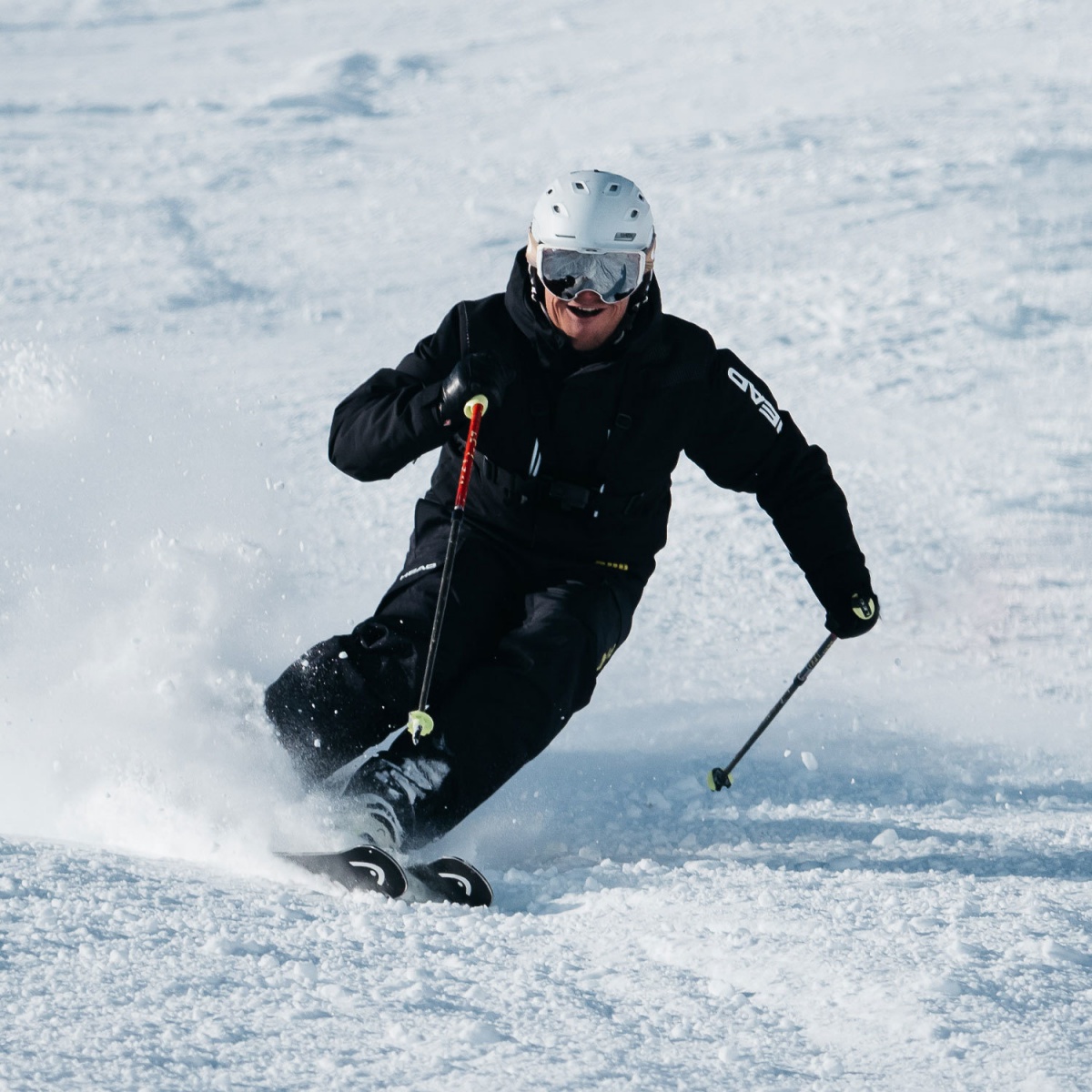
If you’re an expert:
Up the ante and work on fast turns on a steeper slope, backcountry, or in the trees; nature’s slalom course. Some of our Carv ambassadors have managed to achieve over 50 turns in 30 seconds, what can you achieve?
Challenge Four: Ski to the Beat
What is Skiing to the Beat?
This challenge is especially fun if you’re out on your own with headphones in. Pick a song with a steady beat, and set out down the slope trying to hit your turn on the beat for the duration of the run. If you have Carv, bypass your music app and head to the metronome challenge.
Why tackle this challenge?
This challenge will help you achieve turns of the perfect "S" shape that is the key to fluid and symmetrical skiing. If you have Carv, you’ll reap the rewards across turn comparison edging and turn comparison pressure.
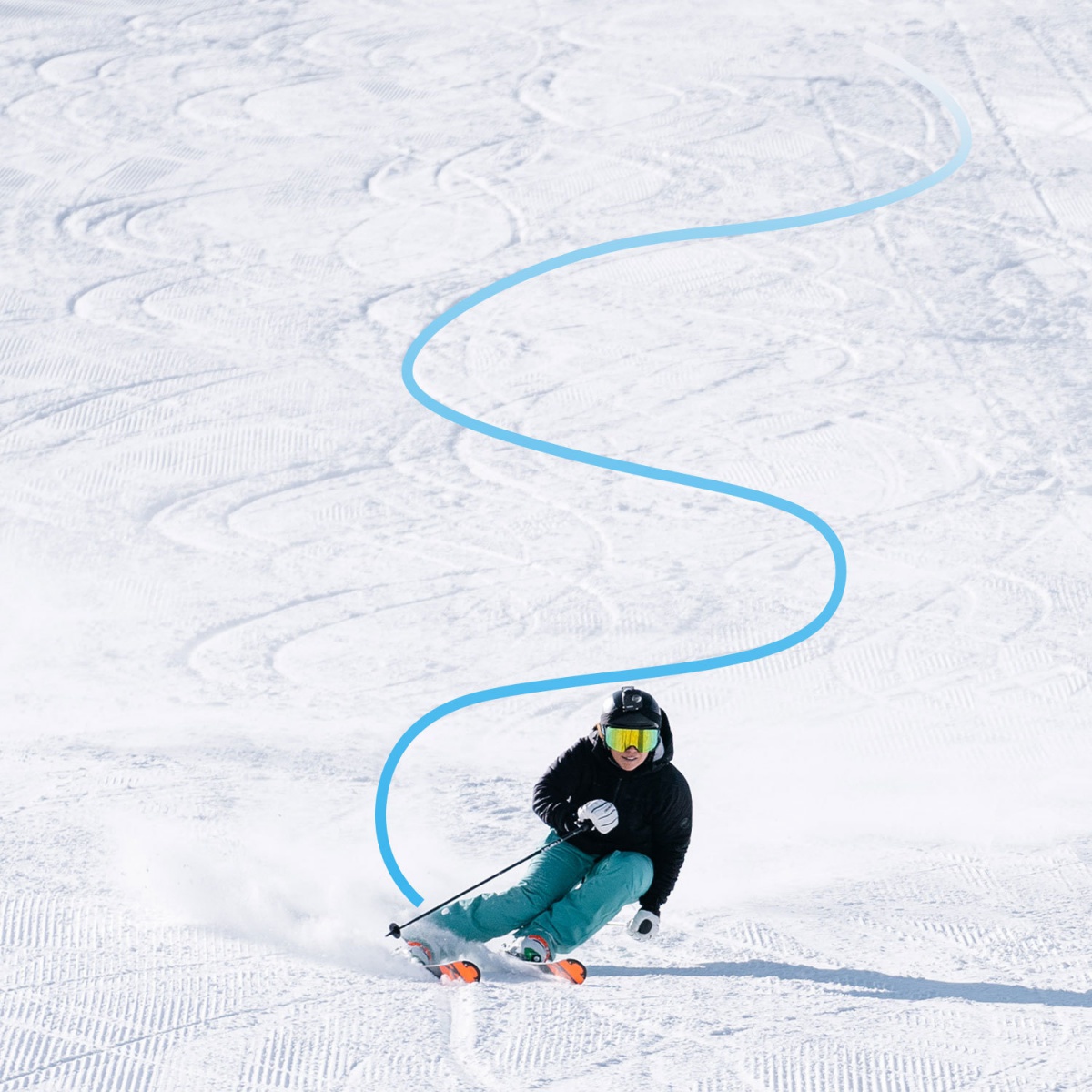
Carv Ambassador Alexandra Thalmann leaves an "S" shaped trail of turns in her wake
How to succeed:
To achieve turn symmetry, remember to keep each phase of your turn the same length - no rushing at the end to meet the beat! We’d start this challenge off on a wide blue, working towards a wide red, with a consistent slope pitch.
If you’re an expert:
If you’re finding it too easy, try and maintain that rhythm on a mogul field. You could start off by aiming to ski every third mogul, before bumping it down to every second, and eventually skiing between the moguls.
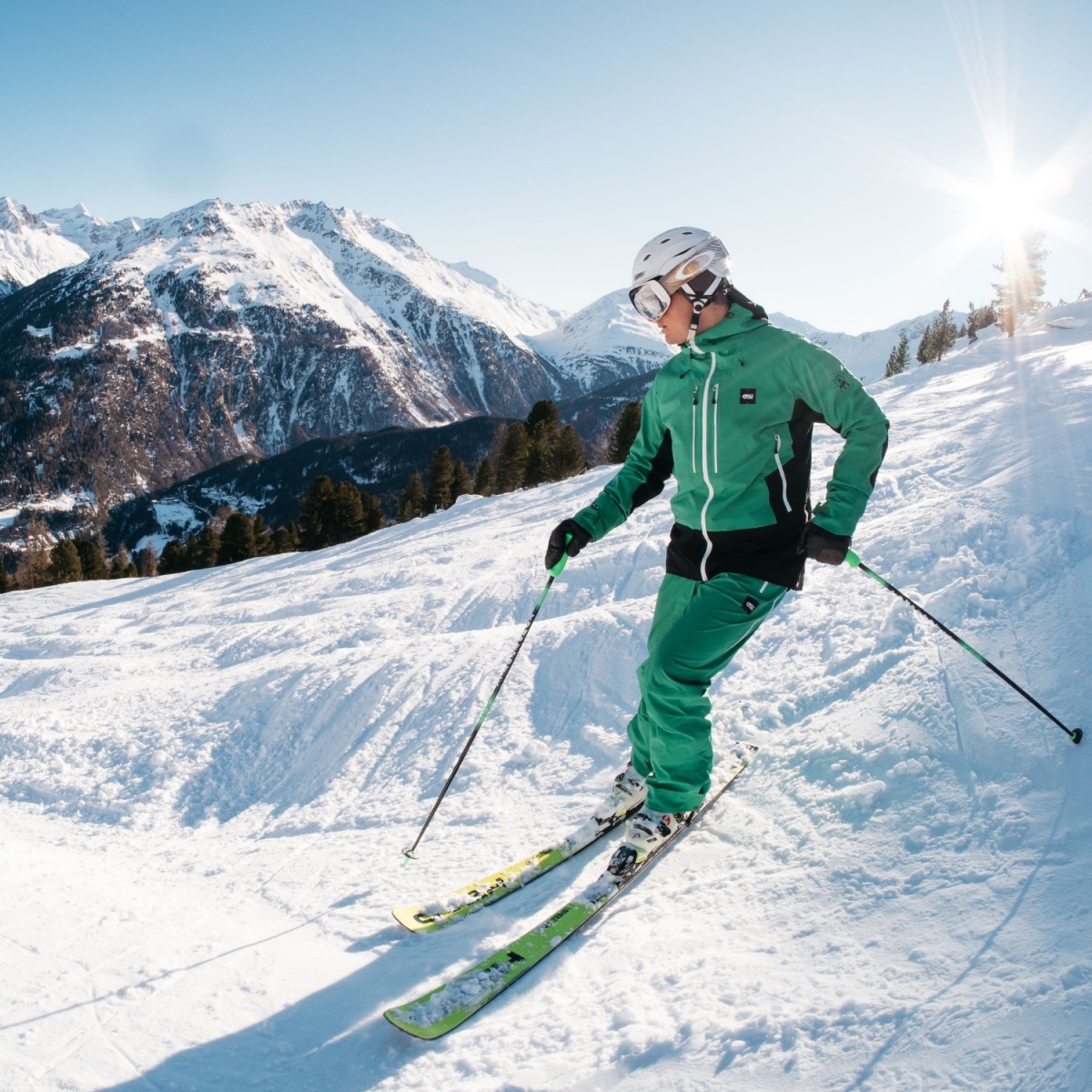
Challenge Five: The Hourglass
What is The Hourglass?
This challenge requires a bit of artistic imagination - picture a large hourglass painted onto your chosen slope, starting wide, progressing to a narrow middle, before widening back out. Your goal is to ski inside that hourglass, whilst maintaining a constant speed and consistent turn shape. If you were to stop at the bottom and look back up the slope, the perfect run would be a chain of larger to smaller "S"s, creating an hourglass shape.

Why tackle this challenge?
The ability to control our speed at will is the goal, whilst maintaining that perfect "S" shape even when the going gets steeper. Rather than gathering speed towards the bottom of a steep slope, shortening your turn radius will help you keep control. If you’re skiing with Carv, you’ll reap the rewards of this challenge in your Turn Comparison: Edging metric.
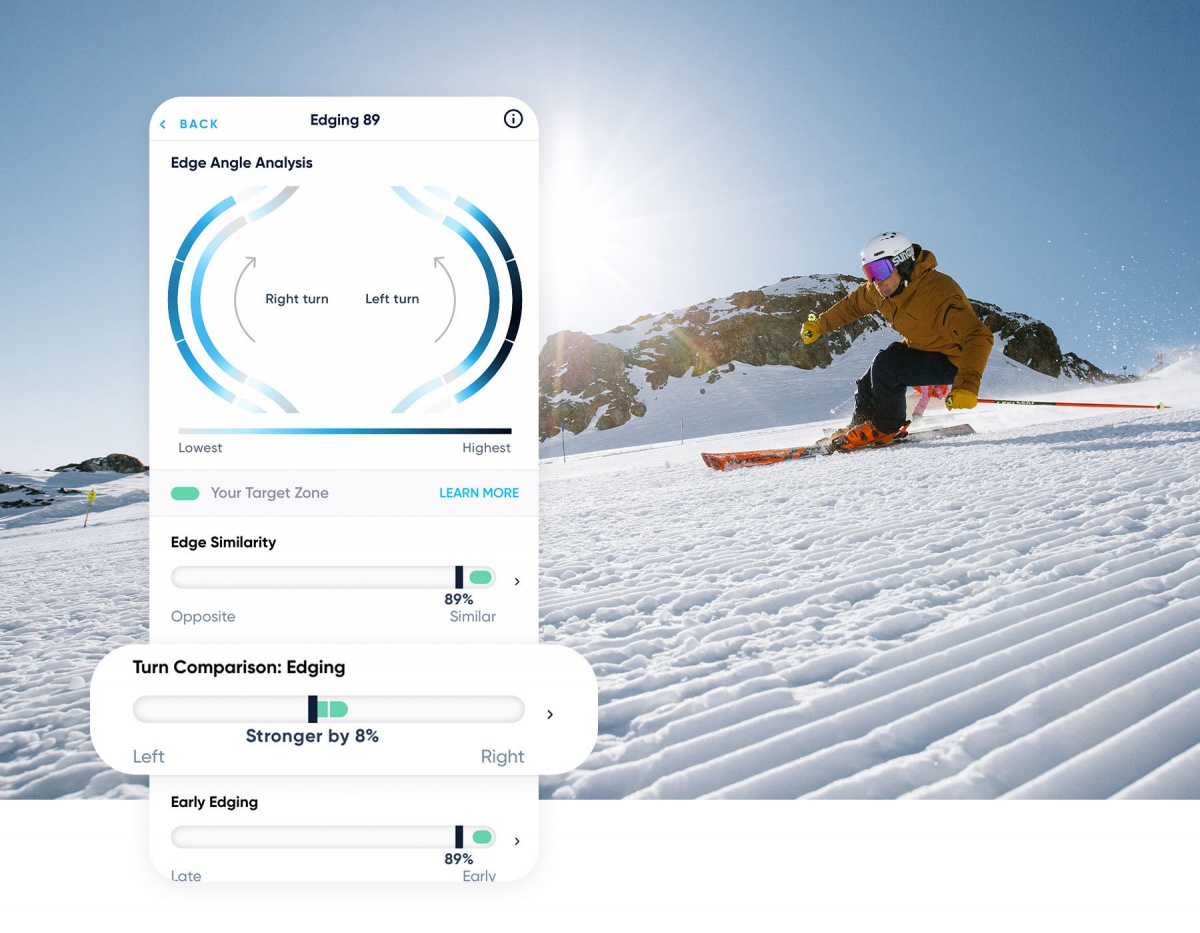
How to succeed:
To smash this challenge, your movements need to be fluid and unrushed. Forward planning is required to ski within the imaginary hourglass. Use piste markers, chairlift pylons, or trees on the side of the piste to visualise how far down you are within the glass.
Alternatively, start with your largest turn, and by your fifth turn, you should be at your shortest, before continuing in reverse.
We would start this challenge off on an easy consistent blue, but once you’ve got the hang of it it’s a fun one to take anywhere.
If you’re an expert:
Look for a run with some rolling and banked slopes, and string a couple of hourglasses together, widening on the shallow sections and shortening on the steeper sections. Remember, your aim is not to gain or lose speed throughout. Longer is faster, shorter is slower.
